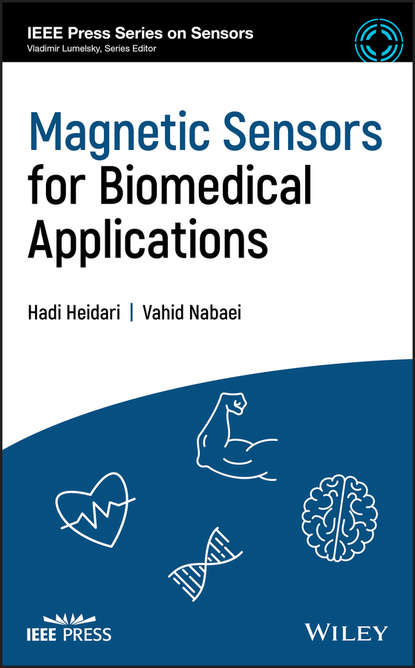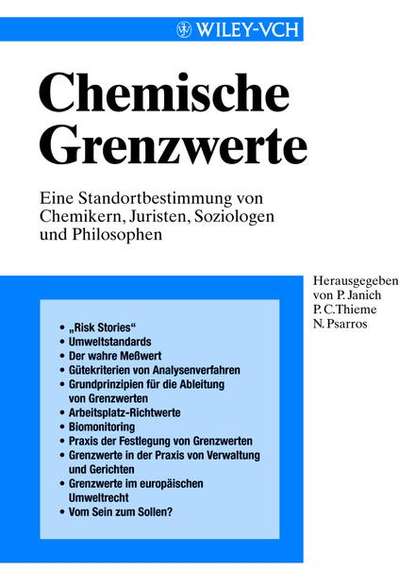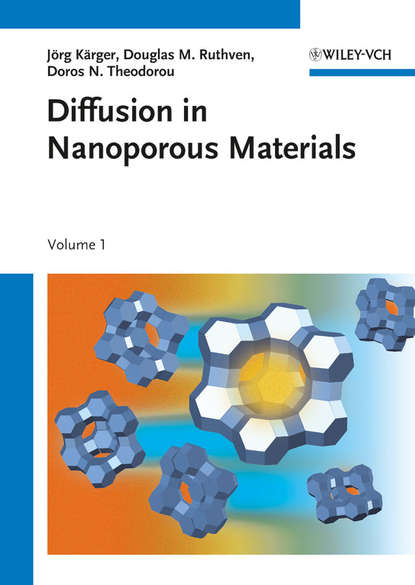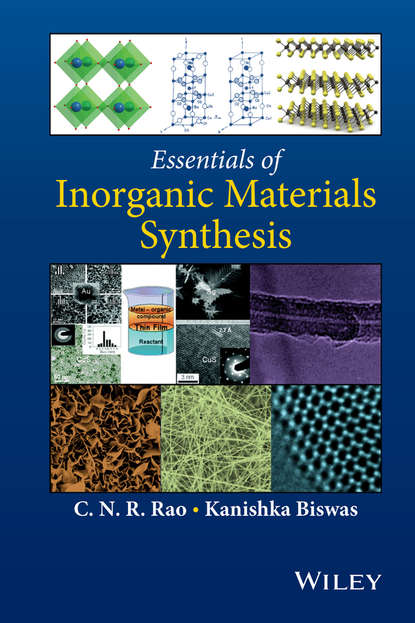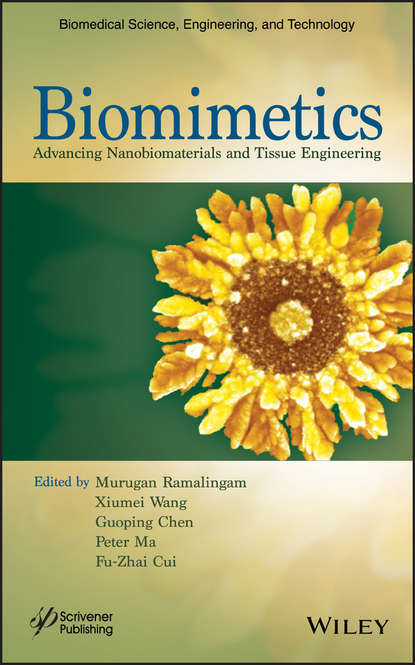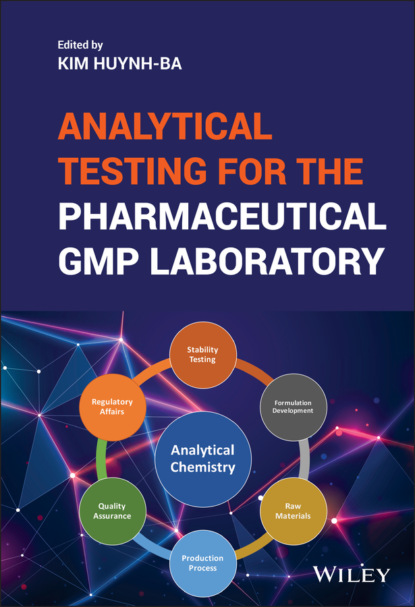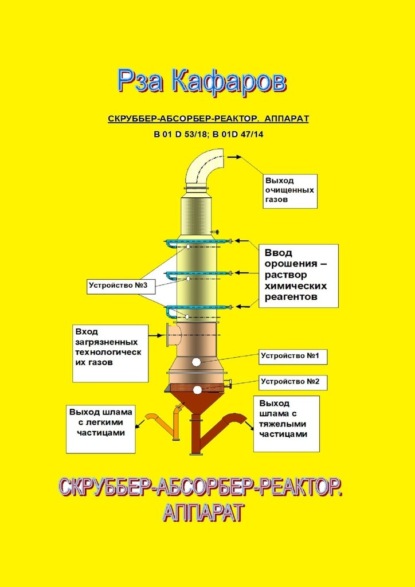В книге “Магнитные сенсоры для биомедицинских приложений” автор Хади Хаидари подробно описывает основы моделирования и симуляции магнитных биосенсоров. Авторы - признанные эксперты в этой области - исследуют сильные и слабые стороны модели и обсуждают компетенции различных программных средств моделирования, включая самодельные и коммерческие (например, многофизическое моделирование программного обеспечения). Раздел о материалах датчиков рассматривает перспективные материалы, свойства которых были использованы для сенсорных действий и предсказывает будущие интеллектуальные материалы, которые могут иметь потенциал для сенсорного применения. Далее авторы представляют классификацию сенсоров, которые делятся на различные подтипы. Они описывают их работу и подчеркивают важные приложения, демонстрирующие преимущества и недостатки соответствующих конструкций. Книга также содержит информацию о последних достижениях в области каждого типа сенсора. Эта важная книга: Предоставляет равное рассмотрение основных основ магнитных биосенсоров Представляет методы решения проблем, такие как аналитические и численные, Объясняет, как методы решения дополняют друг друга.
Comprehensive review of magnetic sensor modelling, simulation and materials. Analyses and compares different simulation softwares. Discusses smart materials and current research in the area.
Электронная Книга «Magnetic Sensors for Biomedical Applications» написана автором Hadi Heidari в году.
Минимальный возраст читателя: 0
Язык: Английский
ISBN: 9781119552208
Описание книги от Hadi Heidari
An important guide that reviews the basics of magnetic biosensor modeling and simulation Magnetic Sensors for Biomedical Applications offers a comprehensive review of magnetic biosensor modelling and simulation. The authors—noted experts on the topic—explore the model's strengths and weaknesses and discuss the competencies of different modelling software, including homemade and commercial (for example Multi-physics modelling software). The section on sensor materials examines promising materials whose properties have been used for sensing action and predicts future smart-materials that have the potential for sensing application. Next, the authors present classifications of sensors that are divided into different sub-types. They describe their working and highlight important applications that reveal the benefits and drawbacks of relevant designs. The book also contains information on the most recent developments in the field of each sensor type. This important book: Provides an even treatment of the major foundations of magnetic biosensors Presents problem solution methods such as analytical and numerical Explains how solution methods complement each other, and offers information on their materials, design, computer aided modelling and simulation, optimization, and device fabrication Describes modeling work challenges and solutions Written for students in electrical and electronics engineering, physics, chemistry, biomedical engineering, and biology, Magnetic Sensors for Biomedical Applications offers a guide to the principles of biomagnetic sensors, recent developments, and reveals the impact of sensor modelling and simulation on magnetic sensors.
